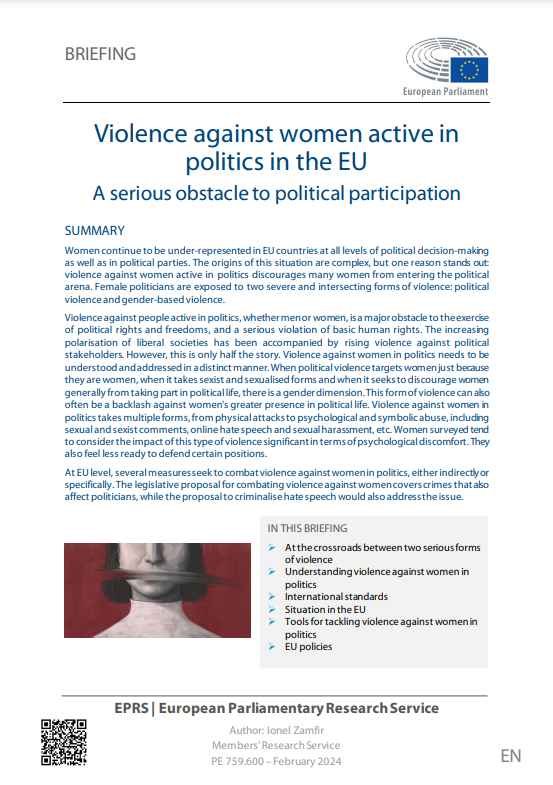By Hannah Bows, Aviah Day and Alishya Dhir
Despite increasing scholarly and media attention on sexual violence in public spaces, including those associated with the night-time economy and licensed venues, music festivals have been largely absent from research and policy. This paper presents the findings from the first UK study of sexual violence at music festivals, drawing on data from interviews with 13 women who have experienced some form of sexual harassment or assault at a festival. Analysis reveals that sexual violence at festivals occurs on a continuum and represents an extension of rape culture through which sexual violence is culturally condoned and normalized, enabled through a number of environmental and culture features that are unique to festivals.
It is widely recognized that sexual violence occurs in both public and private spaces; however, the majority of academic research and public/policy attention has tended to focus on sexual violence that occurs in private spaces, particularly the home (Vera-Gray & Fileborn, 2018). Despite the relative paucity of academic research on sexual harassment and violence in public spaces, anecdotal evidence, grassroots research, and industry surveys reveal that women routinely experience sexual harassment and sexual assault in public spaces, including public transport (London Assembly, 2016; SPA, 2014) university campuses (Brook, 2019) parks, and playgrounds (Budd et al., 2019). An international study of street sexual harassment in 22 countries reports that 50% of women have been fondled or groped and more than 81.5% of women have been harassed before the age of 17 (Hollaback, 2014). In the United Kingdom, 71% of women of all ages reported experiencing some form of sexual harassment in a public space, rising to 86% among 18- to 24-year-olds (UN Women UK, 2021).
Leisure spaces are frequently associated with sexual harassment and violence against women, particularly those linked to the night-time economy (NTE), situated within the “sexualized city” (Hubbard & Colosi, 2012). The existing work has illuminated the role that commercialized and heteronormative spaces play in contributing to developing “cultural atmospheres” (Kavanaugh, 2013, p. 242) where unwanted sexual attention becomes accepted as a normal part of being in these spaces (see Brooks, 2011; Fileborn, 2016; Gunby et al., 2020; Quigg et al., 2020; Sheard, 2011). In the United Kingdom, a Drinkaware study in 2015 reported 54% of women and 15% of men aged 18–24 experienced sexual harassment on a night out. Mellgren et al. (2018) found that sexual harassment of Swedish women occurred frequently at clubs and restaurants. More recently, Miranda and van Nes (2020) report that nearly all sexual violence cases occurring in public spaces at night are close to, or offer, nightlife activities. Moreover, emerging research in the context of live music venues has documented the routine everyday occurrence of harassment and sexual violence experienced by women in these environments (Hill et al., 2020). Thus, as Pain (1991) pointed out, while research may indicate the majority of (interpersonal) violence takes place in the private sphere (usually the victim's home), this does not mean the public sphere is a safe place for women.
Culturally and economically, music festivals are important British leisure events, at the “heart” of the British summer time (McKay & Webster, 2016). The turn of the century saw a massive expansion of the outdoor music festival scene into a large-scale commercial and corporate sector (Morey et al., 2014). Mintel (2018) estimates that there were 918 UK festivals in 2018, more than double that of a decade earlier, while CGA (2019) estimates more than 7.1 million people attended a festival in 2018. Many contemporary music festivals promote themselves by promising freedom, excitement, and hedonistic pleasure, thus encouraging consumers to purchase the experience of 1960’s hippie counterculture. “Freedom” is commodified as central to the marketing of many music festivals, which now form a highly commercialized sector of the UK leisure industry, subject to various regulatory restrictions (Griffin et al., 2018, p. 1). However, as festivals vary significantly in terms of size and audience make up, such as by age and the music genres or cultures being sought, it is important not to homogenize “the music festival.”
Demographically, the festival landscape has also shifted in recent years. Although music festivals were traditionally dominated by men, 60% of UK festival visitors in 2016 were female, an increase from 37% in 2015 (Statista, 2016). Elsewhere, women make up almost half of festival audiences. In Australia, 44.3% of festival attendees in 2018 were female (Hughes et al., 2019) and across European festivals in 2016 just over 45% of attendees were female (Statista.com, 2021).
Despite women occupying increasing space at festivals, the emerging research indicates they are not free to experience these events in the same ways as men (Aborisade, 2021; Baillie et al., 2021; Fileborn et al., 2020; Wadds et al., 2022). The two studies outside of the UK examining sexual violence at festivals through interviews with survivors (Aborisade, 2021 in Nigeria and Fileborn et al., 2020 in Australia) report on the normalcy of sexual violence in festival spaces, low reporting to festival staff or other formal agencies, and a range of negative consequences as a result of their experiences. These findings are supported by data in the United Kingdom and the United States. In the United Kingdom, a YouGov survey in 2018 reported that sexual harassment is prevalent at UK music festivals, revealing 43% of female festival goers under the age of 40 experienced unwanted sexual behavior at a music festival but only 2% reported to the police (although 7% did report it to festival staff). Our research has revealed similar findings, with 34% of women and 6% of men respondents experiencing sexual harassment at a festival in the previous five years, and 9% of women and 1% of men experiencing sexual assault (Bows et al., 2022). Interestingly, these reported levels are significantly lower than the figures reported in a survey of festival attendees in the USA, which revealed more than 90% of female respondents said they had been sexually harassed at a music festival or music gig/venue (OMMB, 2017).
Although there has been very little academic research on sexual violence at festivals, the issue has received high-profile media coverage over the last few years (Davies, 2017; Owen, 2021), leading to grassroots campaigns and activism (e.g., Girls Against and Safe Gigs for Women), in some cases, extraordinary responses from festivals. For example, in 2016 and 2017, a spate of rapes and sexual assaults of women at Bravalla, a Swedish festival, were reported, which led to the cancelation of the event in 2018 until men could “learn to behave themselves” (O’Connor, 2017). Similarly, Clear Lines Festival was set up in 2015—founded and crowd funded by volunteers—with the specific goal of addressing sexual assault and harassment through the arts and discussions. In the UK, the Association of Independent Festival led a campaign where music festival websites went dark for 24 h to raise awareness of sexual violence and call for positive action across the industry (Moore, 2017).
While the survey findings and media reports give some indication of the extent of sexual harassment and assault at festivals, there are major gaps in knowledge about the prevalence, nature, experiences, and responses to sexual violence. This article presents data from the first UK study to explore women's experiences of sexual violence at UK music festivals, contributing to the small but growing body of literature in this area (Aborisade, 2021; Baillie et al., 2021; Bows et al., 2020, 2022; Fileborn et al., 2020) and to the broader literature on gendered experiences of leisure spaces (Aitchison, 1999; Green & Singleton, 2006; Gunby et al., 2020; Hill et al., 2020; Stevenson, 2017).
Violence Against Women Volume 30, Issue 2 Feb 2024 Pages 347-688





















